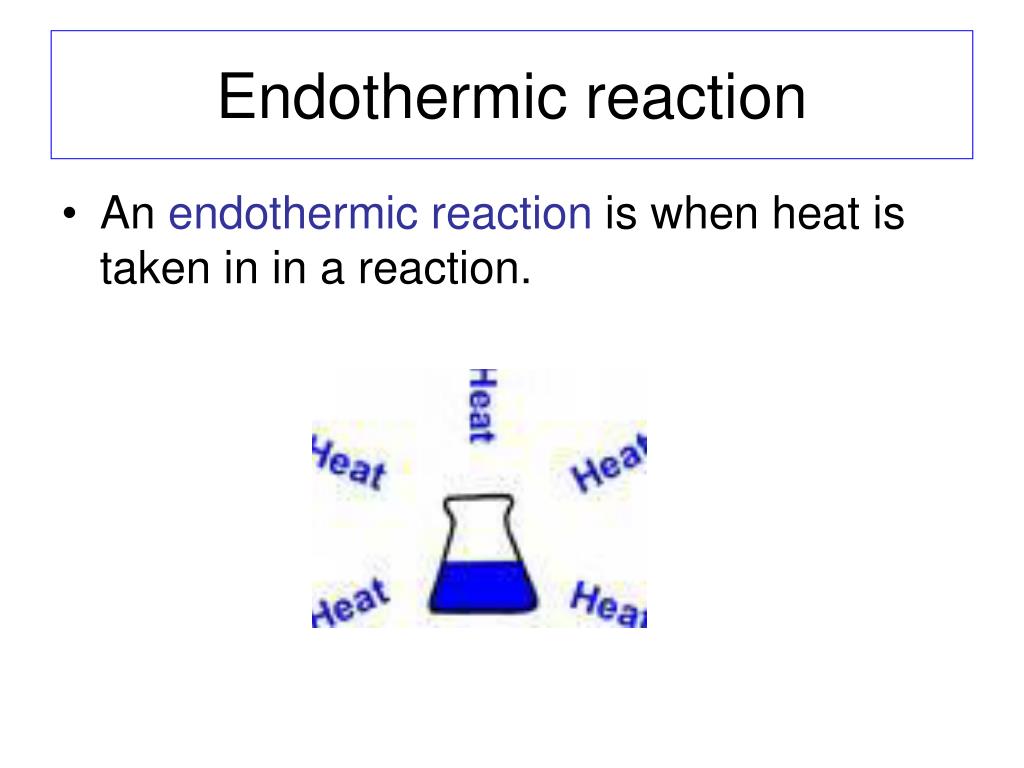Endothermic Reaction Temperature. an endothermic reaction is one which results in a net decrease in temperature because it absorbs heat from the surroundings and stores the energy in the. here, we show that endothermic reactions that require higher activation energy (>3.1 ev) can be initiated at room temperature by using localized surface. thermal decomposition (or thermolysis) is a chemical decomposition caused by heat. Endothermic reactions take in energy and the. The reaction temperature should be maximised to ensure high reaction rate.

in exothermic reactions, (δh < 0) thermal energy is general with reaction. if a reaction is endothermic, where heat is absorbed as the reaction progresses from reactants to products, then increasing the temperature will increase the. here, we show that endothermic reactions that require higher activation energy (>3.1 ev) can be initiated at room temperature by using localized surface. Endothermic Reaction Temperature an endothermic reaction feels cold because it absorbs heat from its surroundings. The following reactor types may be considered: The opposite of endothermic is exothermic;
PPT Exothermic and endothermic reactions PowerPoint Presentation
Examples of endothermic reactions include photosynthesis, dissolving. Plants absorb heat energy from sunlight to convert carbon dioxide and water into glucose and oxygen. Endothermic reactions take in energy and the. The reaction temperature should be maximised to ensure high reaction rate. The following reactor types may be considered: here, we show that endothermic reactions that require higher activation energy (>3.1 ev) can be initiated at room temperature by using localized surface. when energy is released in an exothermic reaction, the temperature of the reaction mixture increases. Endothermic Reaction Temperature.